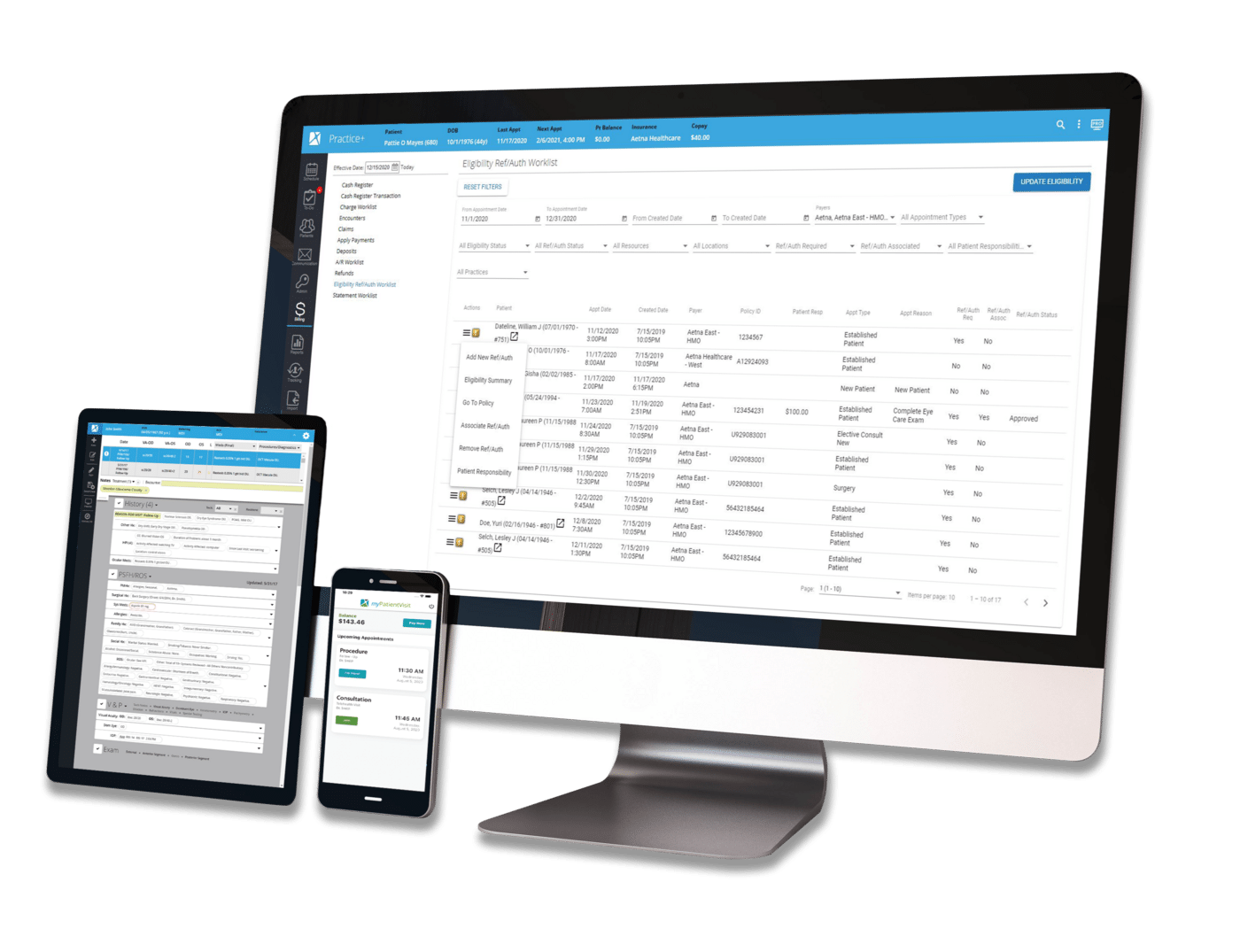Latest Articles
The latest news and information regarding electronic medical records, practice management software, HIPAA, and security from Nextech.

Clinical Efficiency | Healthcare Technology
By:
Todd Wahlberg & Jesse J. Jung, MD
September 20th, 2017
What Ophthalmologists Would do with More Time (Hint: It's not paperwork) Written by Todd Wahlberg & Jesse J. Jung, MD You'll find that there are many options of how to spend your newfound time when you document faster than you ever have before. Here, we'll explore some suggestions from East Bay Retina Consultants' Dr. Jesse Jung, an Vitreoretinal specialist who has already streamlined his clinical documentation processes with IntelleChartPRO.

Ophthalmology | Clinical Efficiency | Healthcare Technology
By:
Aaron Pimpis
September 5th, 2017
EMR Slowing You Down? Ophthalmology practices everywhere are looking for ways to increase patient visits and ensure patient satisfaction. Some physicians look first to their staff to find the source of any delays, while many others—without investigation—assume they simply have no capacity to add new patients.


Clinical Efficiency | Healthcare Technology | Front & Back Office Performance
By:
Nextech
August 10th, 2015
Trying to organize your schedule of patient appointments can be a lot like driving with a cup of hot coffee between your thighs—it can be a refreshing pick-me-up when the cup is filled to a proper level. If the cup is too full, however, you’ll more than likely just get burned (not to mention you’ll have to spend the day with coffee stained pants). Okay, on second thought, that might not have been the best simile for this particular situation.

Security & Data Management | Clinical Efficiency | Front & Back Office Performance
By:
Nextech
August 7th, 2015
We’ve had a lot of discussions on this blog about how to keep your practice’s computers safe and secure. While performing regular cybersecurity tasks (such as keeping your antivirus software up-to-date) is undoubtedly important, there are also some other routine PC maintenance tasks that you should be performing in order to keep your practice’s computer running smoothly and efficiently.

Clinical Efficiency | Healthcare Technology
By:
Nextech
July 17th, 2015
According to Health IT, 79 percent of all providers report that their practice functions more efficiently after the implementation of an EHR. Still, it's important to consider the ways in which we can continue to use these technologies to optimize documentation practices.

Clinical Efficiency | Healthcare Technology
By:
Nextech
March 25th, 2015
Advancements in technology have made mobility possible in the clinic, and it goes well beyond the use of smartphones for sending patient appointment reminders. With tablet computers, physicians and specialists can access patient records anyplace and any time and walk from room to room while continuously charting. Along with enhancing convenience, it promotes patient engagement and can improve workflow.

Clinical Efficiency | Healthcare Technology
By:
Nextech
January 30th, 2015
Electronic medical records are a necessity in the health care industry, as they're simple to access and keep patient information safe and secure at all times. The fact that these records are mobile means physicians can use their iPads to update patient charts with current and accurate information. Here are just a few ways that mobile tools can benefit your practice:

Clinical Efficiency | Healthcare Technology
By:
Nextech
December 29th, 2014
As patients assume increasing responsibility for personal healthcare costs, determining eligibility has become essential to patient satisfaction—and to protecting the practice’s revenue cycle. When patients who are accustomed to incurring only minor co-pays receive bills that are far greater than expected, those who can’t pay or resist payment can represent very difficult collections. This can be especially problematic for specialty practices that have different co-pays from primary care providers or services that may require referral or preauthorization for coverage.